Everyone loves a blue spotted stingray, they are beautiful to watch and look so elegant when swimming or moving along the seabed. The colour blue is one of the last colours to disappear at around 200 meters, way beyond the recreational diving limit and even the majority of technical diving limits, meaning the beautiful blue on the ray can be admired at any depth whilst diving. You will really see how blue there are when diving in Hurghada.
The blue spots are supposed to warn away predators. Their bodies are oval shaped discs with blue stripes along the tails. At the end of the tail, they have a barb that contains venom which can be fatal to predators and humans. They have no bones in their bodies, instead they are made up of flexible cartilage. The same type that our ears are made from. Although they look nothing alike, they are actually closely related to the shark family, this is due to their body composition.
The wingspan of a blue spotted ray is around 35cm and they can grow up to 80cm long weighing no more than 5 kg.
Their eyes are on the top of their bodies and behind they have small holes called a spiracle. The spiracle draws water in and they expel it through the gills on their bellies helping them breathe whilst being led on the seabed.
They swim by flapping their fins in the same way a bird flaps their wings.
Stingray barbs are like fingernails, they have no nerves and can grow barbs back over time. Some stingrays shed their barbs 2-3 times a year and are unaffected if they lose their barb.
The scientific name is Taeniura Lymma, which when translated from Latin means stripe tail. In the Red Sea, we know them as Blue Spotted Stingrays, but in other parts of the world they are known as a ribbon tail, ribbon tail stingray or even a lagoon ray.
Very interesting fact, a fossil of a stingray has been found which is around 50 million years old showing that stingrays were around at the same time as dinosaurs. It is not known how long a blue spotted stingray lives, but similar rays live around 10 years.
The stingrays generally live in depths up to 30m, among coral reefs and sandy flat bottoms. They are a common sighting in the Red Sea. The majority of the stingray species like to bury themselves in sand and be unnoticeable but blue spotted rays prefer to hide under coral and other ledges like shipwrecks. They need the help of the cleaner fish to keep their bodies clean and bright, removing any parasites. They prefer to be left alone and are not aggressive so will swim away from a fight unless they have to protect themselves. Although they are not aggressive, if they are accidentally stepped upon the barb would cause intense pain lasting days or even weeks. Immersing the injury point in water as hot as the victim can stand and seeking medical treatment is the best course of action.
Stingrays give birth to their offspring rather than laying eggs. Babies are born being able to swim and feed for themselves so don’t need any help from their mothers. That being said, the mums generally stay close at the beginning to help them stay away from predators. The pregnancy can last anything between 4 to 7 months and they can give birth up to 7 pups. They can start to reproduce at around 2 and a half years old. Male stingrays have claspers on their pelvic fins, these are used to transfer sperm to the female while mating. They typically mate from the end of April to the end of May.
Stingrays have electrical sensors and their mouths underneath their body. The sensors help them find prey and warn them of predators. To eat they push their pectoral fins against the usually sandy bottom to lift their head and the suction from this would pull in any small prey right into their mouths. Whilst the rays don’t have teeth, their jaws are strong so they can crush most hard shells. They generally eat small bony fish, crabs, shrimps and other small mollusks. They are active both day and night.
The main predators of the blue spotted stingrays are hammerhead sharks, bottlenose dolphins, killer whales and a few other large marine mammals. But the largest threat to blue spotted stingrays is HUMANS. Many catch the rays for displays in aquariums and food. They do not cope very well in aquariums as can be expected and do not live very long in captivity. Humans remove the barb frequently so that they don’t become a threat to them and display them around the world. They are also caught for food, their venom however is very strong and can result in humans becoming very ill or even death. The other reason that humans are a threat is habitat destruction. With nowhere to live and their prey also having nowhere to live their numbers around the world are dwindling.
As mentioned above, Blue Spotted Stingrays are a very common sight here in Hurghada. If you aren’t under the blues of the Red Sea, you aren’t watching the blues on the beautiful stingrays. Get in touch with Dive UK Hurghada and we can make it happen for you.

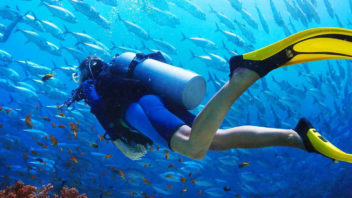
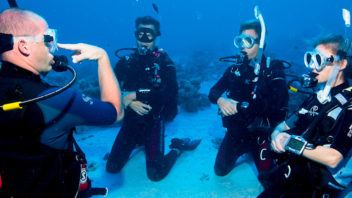

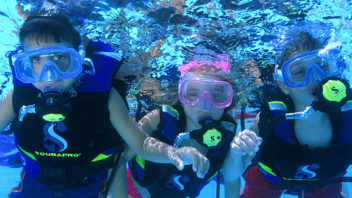
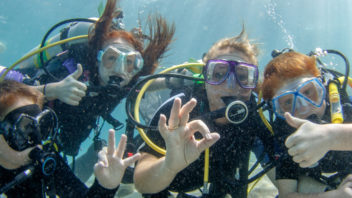
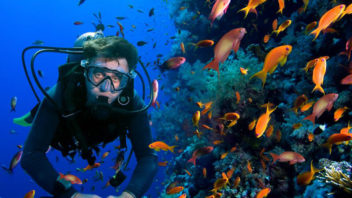
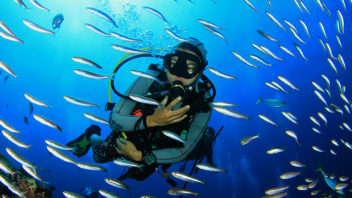
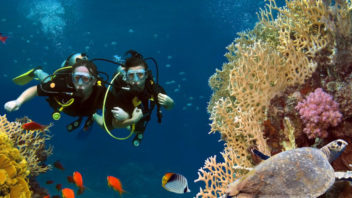
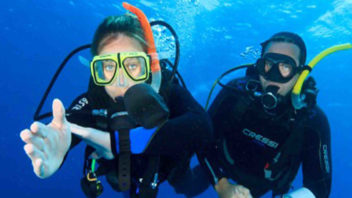
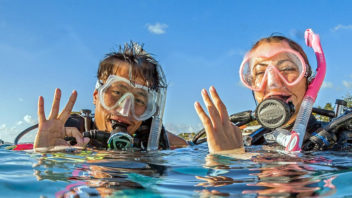
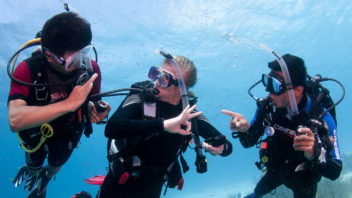
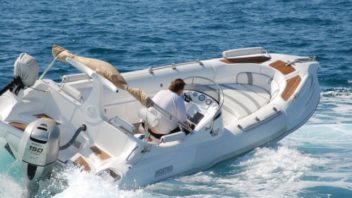
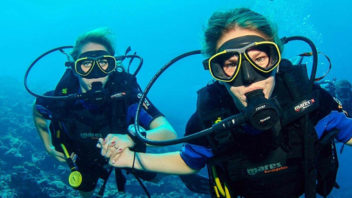
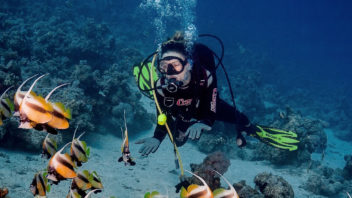
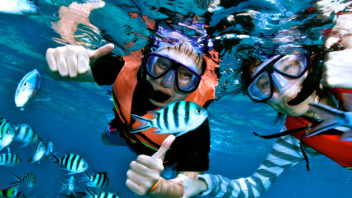



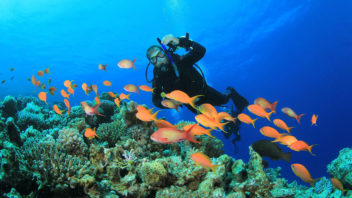

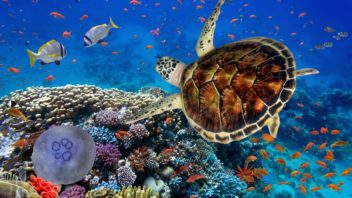

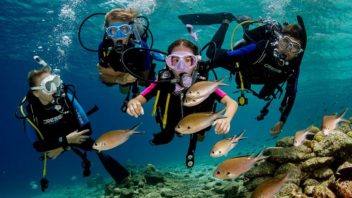
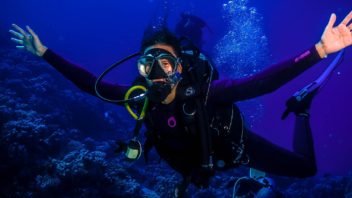
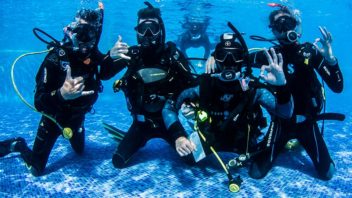

0 Comments